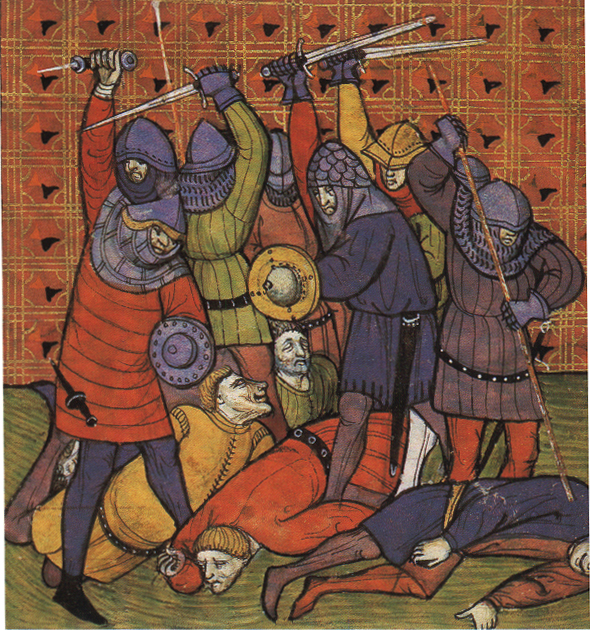Karl the Goat
Not Actually a Goat
Them sails across the waves don't carry our red banner. Lads, it appears the time has come to remind the posh southerners a lesson they seem to have forgotten all too soon.
Early Life
Born in the year 1503, Karl grew up in troubled times. His home in Teuholz had been under the rule of Rueken, and Aussel was but a region of the aristocratic republic. As he reached his early teenage years, the peasants of Aussel rose to resist the nobility and the heretical Baglamist faith that the nobles had openly adopted. Karl’s father, who was a devout Hillenist and an idol to his son, answered the call to war and he and the other villagers sailed to the front, never to return again. His father was posthumously awarded with the metal of liberty, an award given to those who sacrificed themselves for the freedom of the Ausselian peasants.The Sarzin Conflict
Following the Ausselian War of Independence, Karl grew up and picked up his father's old profession, becoming a shepherd of goats and sheep. In his early 20s he found a woman who would later become his wife while selling his pelts in the marketplace of Steendern. Life for them was good, and living on the island meant that they avoided all the political strife that plagued the mainland. Things would one day change, however, when the islanders spotted yellow banners sailing toward them on the horizon.Battle of Teuholz
Tragedy arrived on the shores of Sarzin when a few Ruekish ships arrived to blockade their port. Karl had spotted the vessels while looking after his herd on a hilltop, and as soon as he noticed the colour of the banners, he rushed towards the village. Karl, who had been the senior-most member of the local militia band, gathered his folk and readied to defend the settlement. Seeing the small force of enemy knights disembark had taken its toll on the defenders’ morale, but they were determined to defend their homes in the battle of Teuholz. During the engagement the militia inflicted heavy casualties on their foes and Karl even killed the leader of the attackers before calling the retreat and fleeing to the countryside.Capture and Death
Forced to flee from the field of battle, Karl and his fellow militiamen tried to hide along the countryside. They couldn’t return home immediately, as they feared that such an act would put their families in harm’s way. Most of them hoped that the Ruekish would forget their faces in a few days or weeks and so they could slowly slip back into normal civilian life.Legacy
After Sarzin’s liberation by Ausselian forces, a statue of Karl the Goat was raised at the centre of Teuholz and he was posthumously awarded the same medal that his father had received.Karl the Goat kept up the fight against the invaders with a small band of militiamen for around a week, but eventually one of his former companions sided with the enemy. Karl’s band fell into a trap and he found himself in chains and awaiting the crucifiction which came not long after.

Species
Ethnicity
Life
1503 AA
1540 AA
37 years old
Circumstances of Death
Crucified
Children
Gender
Male
Eyes
Light brown
Hair
Jet black, receding hairline
Skin Tone/Pigmentation
Tan
Height
1.77 m
Weight
72.7 kg




Can I just say I absolutely love Karl the Goat's name? Its amazing, I wish my name was as cool as his. A very interesting historical figure!
Karl is my go to name when I'm in need of a name but I can't come up with anything better. I had too many Karls already in Lethea so I had to come up with a nickname and the first thing that came into mind. The name itself is fairly old by now (maybe a year or half a year?), I only got around to writing this stub now :D
Maker of Maps